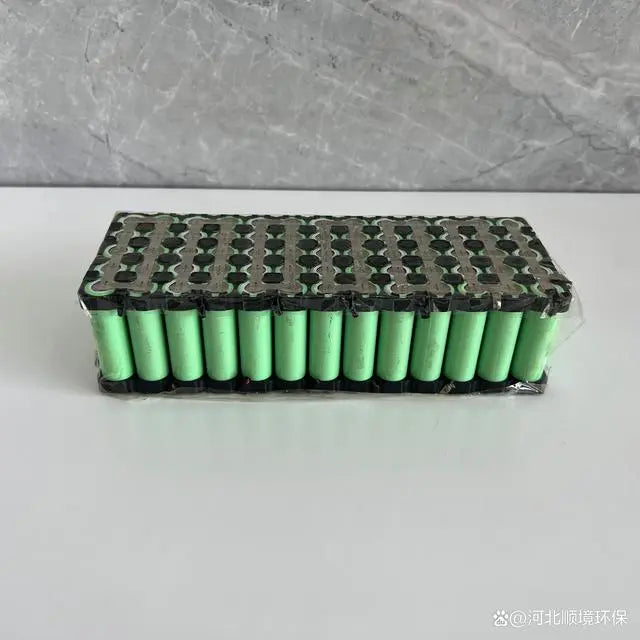
Lithium battery assembly method and precautions
Share
Lithium battery is a high -energy density battery that is widely used in mobile electronic equipment, electric vehicles and energy storage systems. Correct lithium battery assembly and use are the key to ensuring its safety and performance. Let's learn the assembly methods and precautions of lithium batteries.

1、 Assembly methods for lithium batteries
1. Prepare materials and tools: Assembling lithium batteries requires the following materials and tools:
(1) Lithium battery monomer: Choose the appropriate lithium battery monomer according to the needs, commonly including lithium-ion batteries, lithium polymer batteries, etc.
(2) Protection circuit board: used to monitor and protect parameters such as voltage, temperature, and current of lithium batteries.
(3) Wire: used to connect lithium battery cells and protective circuit boards.
(4) Battery clip: used to secure lithium battery cells and protect circuit boards.
(5) Battery pack housing: used to secure and protect lithium battery packs.
2. Material inspection: Before assembly, it is necessary to check whether the lithium battery unit and protective circuit board are intact and ensure that their specifications and parameters meet the requirements. Special attention should be paid to the capacity, voltage, and maximum charging and discharging current of lithium battery cells to ensure their suitability for the required application scenarios.
3. Connect the protective circuit board: Connect the protective circuit board to the lithium battery unit to ensure a stable connection, and make the correct connection according to the pins of the circuit board. Generally speaking, there are pins on the protective circuit board that indicate the positive and negative poles, which need to be connected to the positive and negative poles of the lithium battery cell.
4. Fixed protective circuit board: Use tape or other fixing methods to fix the protective circuit board onto the lithium battery unit to prevent it from loosening or shifting. Ensure that there is no metal contact between the protective circuit board and the lithium battery cell to prevent short circuits or other safety issues.
5. Connecting wires: As needed, connect the wires to the positive and negative terminals on the protective circuit board to ensure a secure connection. Use welding or other suitable connection methods to ensure that the connection resistance between the wires and the pins of the protective circuit board is as low as possible.
6. Assembly of battery pack: Place the assembled lithium battery cells into the battery pack housing and fix them as needed. Ensure that the spacing between lithium battery cells is appropriate for heat dissipation and prevention of short circuits.
2、 Precautions for lithium batteries
1. Prevent overcharging and discharging: Overcharging and discharging of lithium batteries can lead to a decrease in battery performance or even damage. Therefore, when using lithium batteries, excessive charging and discharging should be avoided, which can be achieved through reasonable setting of the charging and discharging voltage range and the use of protective circuit boards.
2. Avoid overheating: The overheating of lithium batteries can cause safety hazards, even fire and explosion. Therefore, when using lithium batteries, overcharging, over discharging, and prolonged high load use should be avoided to control the battery temperature within a safe range.
3. Avoid short circuits: Short circuits in lithium batteries can cause excessive current, leading to fires and explosions. Therefore, when assembling and using lithium batteries, it is important to avoid touching metal or conductive objects with the positive and negative poles of the battery to prevent short circuits.
4. Prevent vibration and impact: Lithium batteries should avoid severe vibration and external impact during assembly and use to avoid damaging the battery structure and performance. In applications such as mobile devices and electric vehicles, appropriate fixing and buffering measures should be taken.
5. Pay attention to storage conditions: Lithium batteries that are not used for a long time should be stored in a dry, ventilated, and temperature appropriate environment, avoiding high or low temperatures and humidity.
6. Handling abnormal situations: When lithium batteries experience abnormal situations such as heating, smoking, leakage, etc., they should be immediately stopped from use and handled properly. Do not dispose of or dispose of abnormal lithium batteries at will. Follow relevant regulations to avoid safety accidents.
